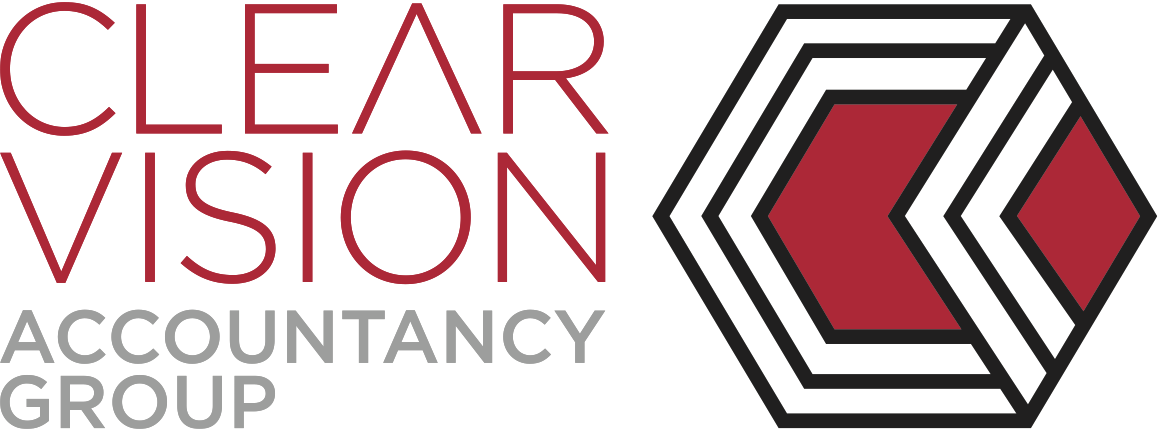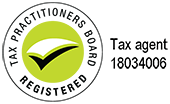Autumn Tax Tips: Make the Most of the Final Weeks Before Year-End

As we step into the final week of autumn and feel winter’s chill approaching, it’s a natural time for reflection—and that includes taking stock of your financial and tax situation. The end of the year is closer than it seems, and a bit of preparation now can make a significant difference come tax season.
Here are a few things to consider as the leaves fall:
1. Review Your Income and Deductions
This is a good moment to check your income year-to-date and consider whether there are any deductions you can still take advantage of. Charitable donations or investment losses might help reduce your taxable income before year-end.
2. Maximise Super Concessional Contributions
If you haven’t yet maxed out your superannuation concessional contributions, there’s still time. Remember unused cap amounts carry forward for 5 years and the 2019-20 unused cap amount will expire 30 June 2025. These contributions not only help secure your future but can also offer tax benefits now.
3. Organise Your Records
Autumn’s slower pace is perfect for pulling together receipts, invoices, and financial documents. Getting organised now means less stress later when tax season begins in earnest.
4. Consider Tax-Loss Harvesting
If you’ve had investments that underperformed, selling them before the end of the year to offset gains can be a strategic move. Consult with us today to see if this makes sense for you.
5. Plan Ahead
Winter may bring holidays and downtime, but it's also a good window to consult with a tax professional. A quick meeting before year-end can reveal savings opportunities or help avoid surprises when you file.
So, as the days grow shorter and frost begins to settle in, use this time to bring clarity and warmth to your finances.





